What is then the result when we multiply the current and voltage data?
Is it true power?
After averaging your waveforms of \$v\cdot i\$, the result is both true power and apparent power because, the voltage and current waveforms appear to be exactly in-phase. Apparent power is when you use an RMS reading voltmeter and an RMS reading ammeter and multiply the two RMS values together. Only when power equals unity does true power equal apparent power (like the example in your question).
I doubt that it is apparent since I have read that establishments are
billed for power factor.
Most households are billed for true power and that is quite simply the average value of the composite waveform of \$v\cdot i\$. Establishments are not billed for power factor because it is meaningless to do so. Some establishments are billed for their use of reactive power because it contributes to larger \$i^2\cdot R\$ losses in the distribution system when delivering a certain level of true power to the customer.
In the beer analogy, power factor is equal to true power multiplied by
apparent power.
No, power factor is true power divided by apparent power.
Additionally, the beer glass analogy has to be treated with some caution because the level of foam plus the level of beer aren't linearly related to their equivalent powers. You need to use the power triangle to understand that and not some beer-driven (and quite possibly drunken) linear addition: -

Image from here.
Pythagoras is the trick and not a linear sum of quantities in a beer glass (despite it being a very, very nice drink when watching certain UEFA Euro quarter finals on the TV and usually at all other times except breakfast).
From comments: -
what do electric companies bill you for
Normally true power but, certain companies will bill higher usage customers an extra charge based on poor power factor performance.
dont digital meters read current and voltage simultaneously
They measure current and voltage simultaneously. If they didn't the measurement would have a small phase angle error and the reading could be wrong.
what is that number on the meter
What meter, what setting, what number?
Footnote about power waveforms based on \$v\cdot i\$ and different phase angles: -

Picture taken from this answer and this answer and this answer and this answer and this answer and this answer and this answer and this answer to name a few.
I suggest you read them to get a wider perspective.
From an other answer's comment: -
makes sense that you are going to be billed by only the positive side
of the graph( real power).
You are not billed on positive half of the power waveform, you are billed on the average level of the power waveform.




